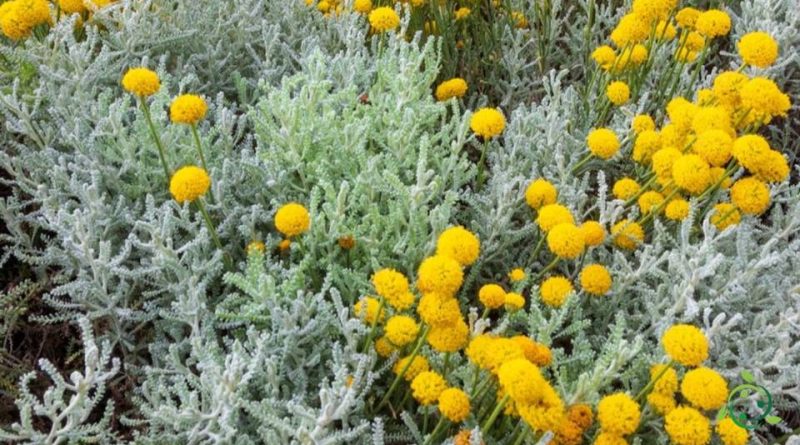How Cotton lavender is reproduced
How Cotton lavender is reproduced
Cotton lavender (Santolina chamaecyparissus L.) is a shrub plant of the Asteraceae family. This plant probably originates from the Mediterranean area and has an erect or semi-prostrate bearing and is very aromatic.
In Italy it is present, cultivated for ornamental purposes and sometimes wild, in almost the whole territory. Its natural growth habitat is that of arid and stony places, from the plain to 1000 meters.
Santolina is usually reproduced by division of the tufts or by herbaceous cutting rooted in sandy soil; it is usually sterile. In this sheet we will see when and how to multiply Santolina chamaecyparissus while for cultivation details see the specific sheet.
Propagation –
Santolina chamaecyparissus is a plant that prefers loose, well-drained, sandy and possibly calcareous soils, even if in any case it develops without problems in any soil, since it has very few cultivation needs; for this reason, before proceeding with propagation, it is necessary to choose the optimal type of substrate.
Multiplication can be done at the end of winter by sowing the plant in a seedbed which must be kept in a temperate place; alternatively, the plant can be sown in the open field in the months of April-May.
In late summer it is possible to practice cuttings, using fragments of the plant to be rooted in a mixture of peat and sand, made with equal parts, to allow the plant to root more efficiently.
When the new seedlings are sufficiently developed, they can be transplanted in single pots or in the ground, in a sunny position and in a well-drained substrate.
This plant is very suitable for making small hedges in arid places.
Collection and storage –
The branches of Cotton lavender are cut in early summer when they are in full bloom and dried in a shady and ventilated place. It is advisable to store away from light and humidity
Use in the kitchen and therapeutic properties –
Cotton lavender is an aromatic plant with digestive, antispasmodic, tonic-stimulating, antiseptic (infusion or decoction) properties. It can be used for external use as an anti-itch in case of insect bites.

